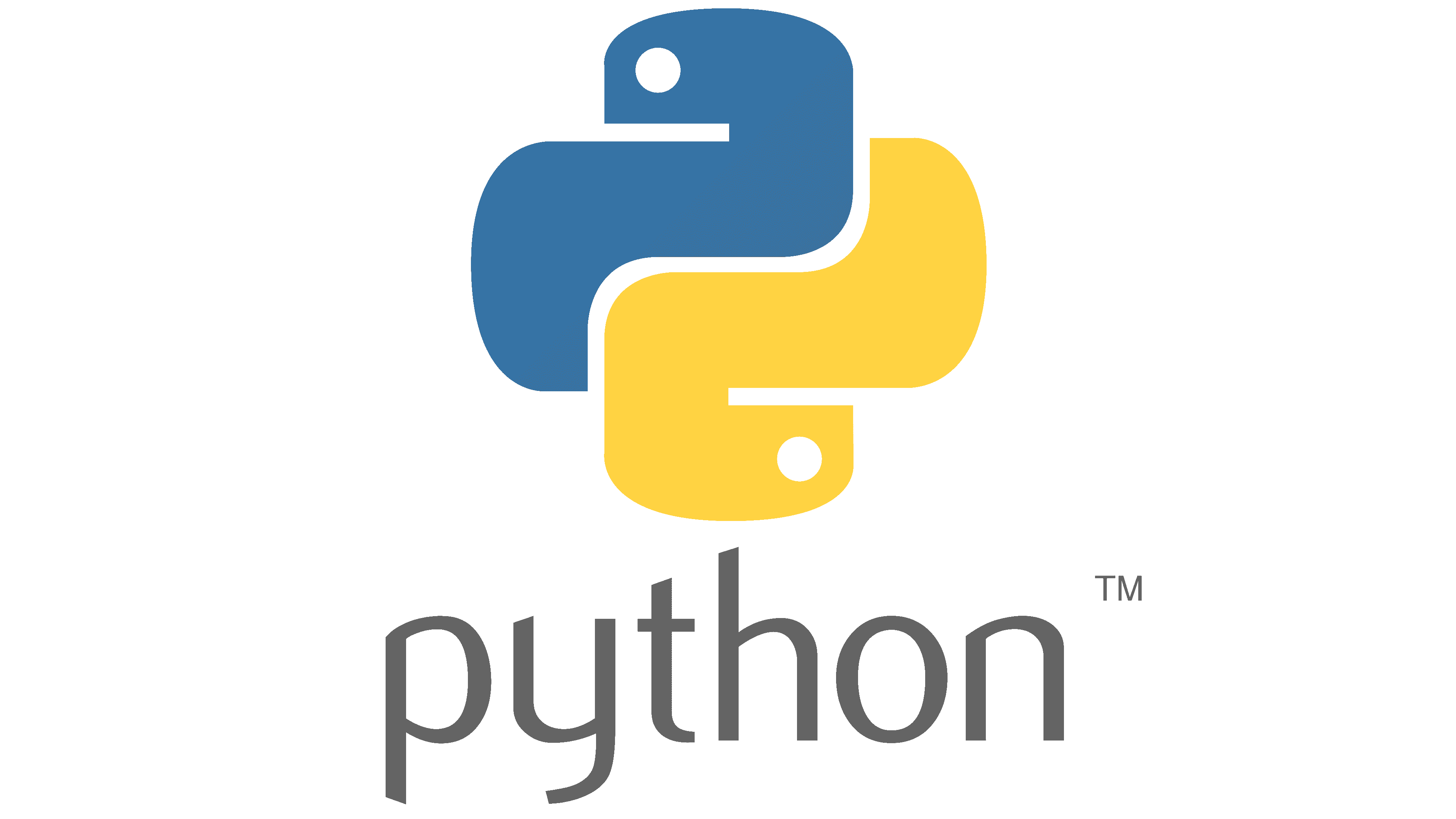About this course
About Python:
Introduction:
Python is a high-level, interpreted programming language known for its simplicity and readability. Guido van Rossum created Python and released its first version in 1991. It has since become one of the most popular programming languages globally, favored for its versatility and ease of use.
Key Features:
Readable and Expressive Syntax:
Python's syntax is clear and easy to read, promoting a clean and visually appealing coding style. This feature enhances collaboration among developers.Versatility:
Python is a versatile language that supports multiple programming paradigms, including procedural, object-oriented, and functional programming. It is suitable for various applications, from web development to data science and machine learning.Extensive Standard Library:
Python comes with a rich standard library that provides modules and packages for a wide range of tasks, simplifying development by offering pre-built functionality.Community and Ecosystem:
Python boasts a vibrant and active community of developers who contribute to its growth. The language has a vast ecosystem of third-party libraries and frameworks, expanding its capabilities for different domains.Interpretation and Dynamically Typed:
Python is an interpreted language, allowing developers to execute code directly without the need for compilation. It is dynamically typed, meaning variable types are determined during runtime, offering flexibility but requiring careful coding practices.
Common Use Cases:
Web Development:
Python is widely used for web development, with frameworks like Django and Flask providing robust tools for building scalable and maintainable web applications.Data Science and Machine Learning:
Python is a preferred language for data science and machine learning due to libraries such as NumPy, Pandas, and TensorFlow, which facilitate data manipulation, analysis, and machine learning model development.Automation and Scripting:
Python is excellent for writing scripts and automating repetitive tasks. Its simplicity and readability make it an ideal choice for scripting purposes.Artificial Intelligence (AI) and Natural Language Processing (NLP):
Python is extensively used in AI and NLP applications. Libraries like NLTK and spaCy empower developers to work on projects related to language processing and understanding.
Conclusion:
Python's versatility, readability, and supportive community have contributed to its widespread adoption across various industries. Whether you are a beginner or an experienced developer, Python offers a powerful and accessible platform for building a wide array of applications.
Comments (0)







